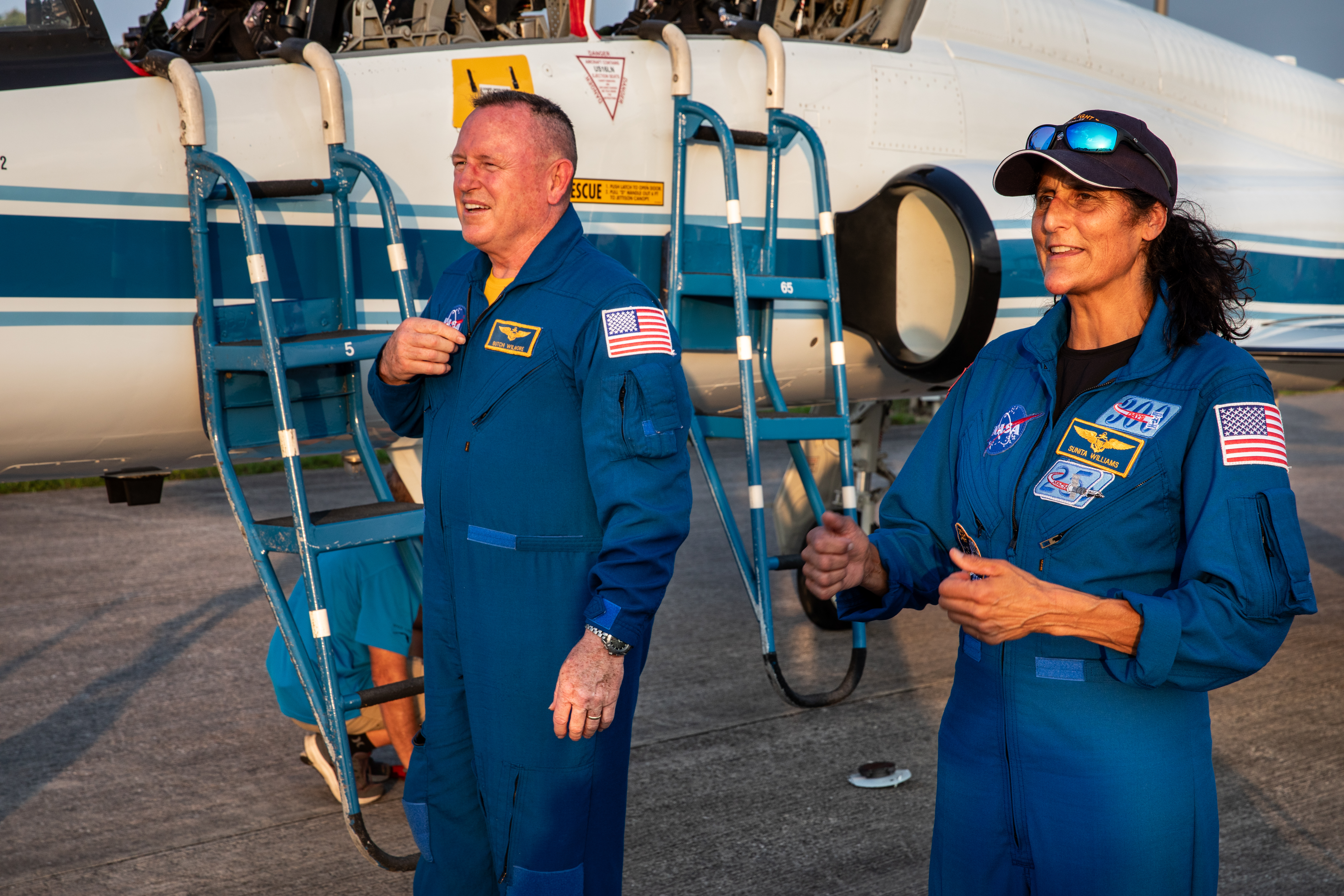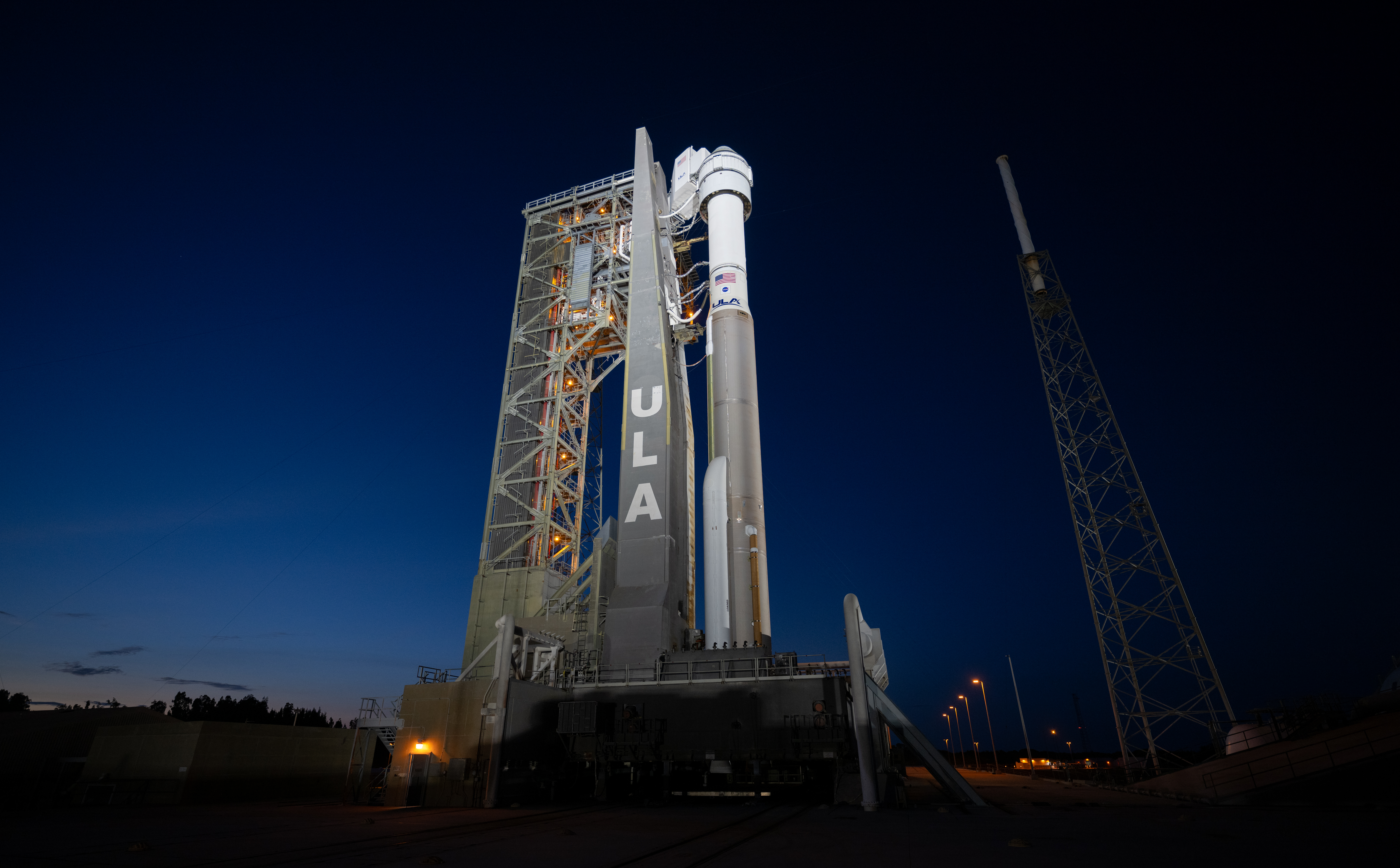
Let’s get to know the two NASA astronauts flying Boeing’s Starliner spacecraft for the first time as part of the agency’s Boeing Crew Flight Test mission.
Butch Wilmore is the commander of tonight’s mission. Previously, he was a fighter pilot, U.S. Navy captain, and completed two other spaceflights for Expedition 41 in 2014 and for STS-129 for space shuttle Atlantis in 2009. Wilmore has logged 178 days in space. He was selected as an astronaut by NASA in July 2000.
Outside of his current mission, he serves as pastor and leads weekly Bible studies and participates in mission trips throughout South and Central America to assist medical professionals.
Wilmore grew up in Mt. Juliet, Tennessee. He earned a bachelor’s degree and master’s degree in electrical engineering from Tennessee Technological University, Cookeville, before graduating with another master’s degree in aviation systems from the University of Tennessee, Knoxville. He is also a graduate of the United States Naval Test Pilot School, Patuxent River, Maryland. He is married and has two children.
Suni Williams is the pilot of the Starliner spacecraft and is the first woman to fly on the first flight of a crewed spacecraft. She is also a retired U.S. Navy captain and completed two spaceflight missions – Expeditions 14/15 in 2006 and 32/33 in 2012. Williams has logged 322 days in space. She became a NASA astronaut in 1998.
While not training for NASA’s Boeing Crew Flight Test, Williams spends time with her two rescue Labrador retrievers, Gunner and Rotor. She plans to bring their dogs tags to the space station while on the week-long mission.
Williams graduated with her bachelor’s degree in physical science from the U.S. Naval Academy, Annapolis, Maryland, before obtaining her master’s degree in engineering management from the Florida Institute of Technology, Melbourne. In total, she has logged more than 3,000 flight hours in over 30 different aircraft.
Williams grew up in Needham, Massachusetts. She is married and enjoys working on cars, homes, and airplanes.
Liftoff remains on schedule for 12:25 p.m. EDT from Space Launch Complex-41 at Cape Canaveral Space Force Station in Florida.
Learn more about NASA’s Boeing Crew Flight Test by following the mission blog, the commercial crew blog, @commercial_crew on X, and commercial crew on Facebook.









